Oktoberfest Lagers | Märzen, Festbier & Autumnal Confusion
Beer lovers rejoice: It’s Oktoberfest season!
Most folks assume the word “Oktoberfest” on a beer label or tap list refers to a particular style, but it’s actually a little more complicated than that. Let’s talk about how we got here, and then get into what’s what with Oktoberfest lagers.
Love, Lager & Horse Racing
Oktoberfest started with the wedding of Crown Prince Ludwig and Princess Therese of Saxony in Bavaria in October 1810. The wedding celebration was open to the entire populace of Munich, and included plenty of drinking, eating, and—as I’m sure we all fondly recall from our own wedding receptions—horse racing. It was so much fun they decided to do it again the next year. And every year thereafter.
Beginning around 1870, the style served at the Munich bash was Märzen, but in the late 20th century, tastes shifted toward a paler, crisper lager style sometimes called Festbier in the U.S.
These two closely related sub-styles together make up the world of Oktoberfest, and, as I found out when I started talking to brewers for this article, not everyone agrees on what’s what when it comes to these autumnal lagers.
Let’s Get Technical
First, let’s look at how the Beer Judge Certification Program (BJCP) style descriptions (which are used nationally for judging homebrew contests and studying for the Cicerone exams) differentiate the styles.
According to the BJCP, Märzen is “an elegant, malty German amber lager with clean, rich, toasty and bready malt flavor, restrained bitterness, and a dry finish that encourages another drink.” Festbier, by comparison, is described as “less intense and less richly toasted than a Märzen.”
Classic Märzen should be a little darker, a little richer, a little heavier, and a little higher in alcohol than Festbier. Basically, Märzen is just a little “more.” The switch to the lighter Festbier occurred specifically to allow Oktoberfest attendees to drink more beer.
So that settles everything, right? Not so fast there, Ludwig.
If you’ve been around many American brewers, you know they like to bend the rules a little bit. I asked some respected brewers around the country about what distinguishes these two styles, and their responses didn’t exactly follow the rigid guidelines above.
Autumn in Chicago
“I’m going to give you the honest answer,” said Hagen Dost, owner and brewer at Chicago’s Dovetail Brewery. “Sometimes we don’t give a damn about styles.”
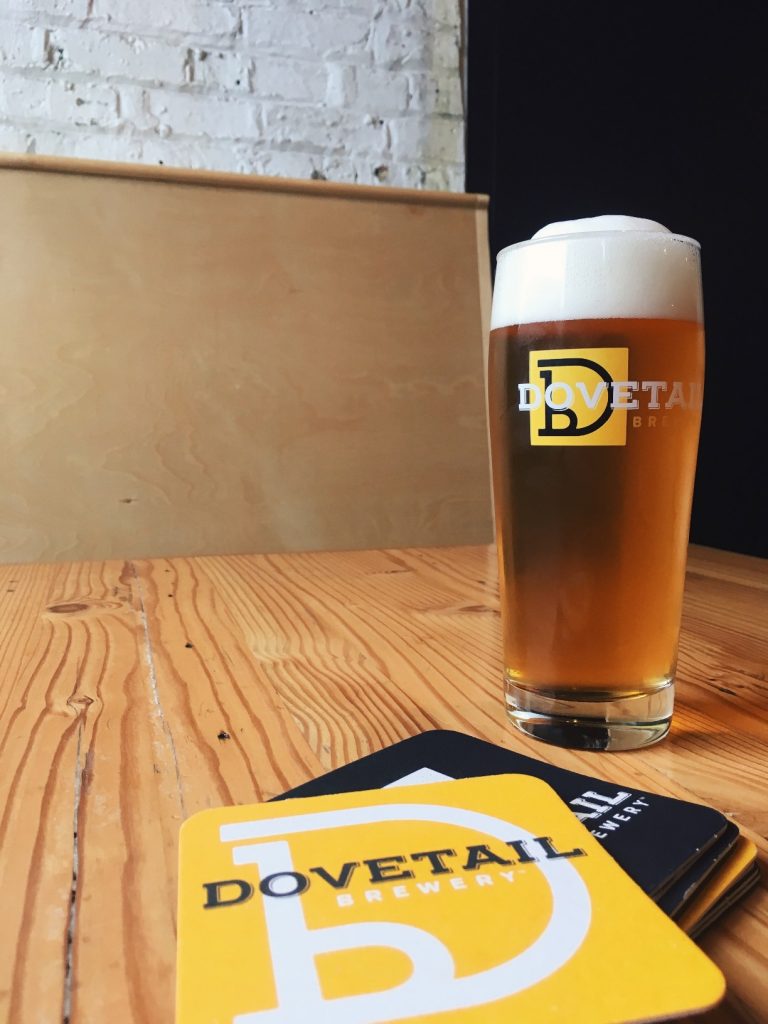
His own Oktoberfest lager, which is sold under the name Festbier, pushes the upper limits of the BJCP’s description of a Märzen.
“We decided on what we wanted as an end-product as far as appearance, aroma, flavor, and mouthfeel, and designed a beer around that,” he explains. “In the case of our Oktoberfest, what we really wanted was the feeling of fall, and to us that means it lands between light amber and light brown, and it’s got kind of an off-white head and very durable foam. It’s got to look good in the glass.”
Dovetail Festbier, as with all the brewery’s lagers, is brewed with traditional techniques most breweries have abandoned in the name of convenience. Brewed in March (as the original Märzens would have been; the word is German for “March”), the beer uses a complicated double decoction mash and undergoes its initial cooling in a coolship before heading to horizontal lagering tanks for a long slumber through the summer months. Unfiltered, the beer pours clear thanks to that extended lagering.
“It’s got a really good amount of body and a generous caramel note,” says Dost, describing a flavor profile most Americans have come to associate with Oktoberfest. The beer is brewed with about 50% Pilsner malt and about 25% each of Vienna and Munich malts, which bring in those toastier, richer flavors. At 6.3% ABV, Dovetail Festbier is a heartier take on the style, and it sits a little darker in the glass than most. Dost doesn’t sweat the minutiae of style distinctions though.
“Everybody has their take on it,” he says. “In my mind, Festbier and Märzen is the same category.”
October in Ohio
That’s a sentiment echoed by John Haggerty, brewmaster at Warped Wing Brewing Company in Dayton, Ohio. Lagerstadt, his brewery’s Oktoberfest lager, sits somewhere in between the BJCP style descriptions for Festbier and Märzen, though it’s not a distinction he makes.
“Knowing how Germans think in general, I think they would say they’re the same,” says Haggerty, who began his brewing career over twenty-five years ago by training in Germany.
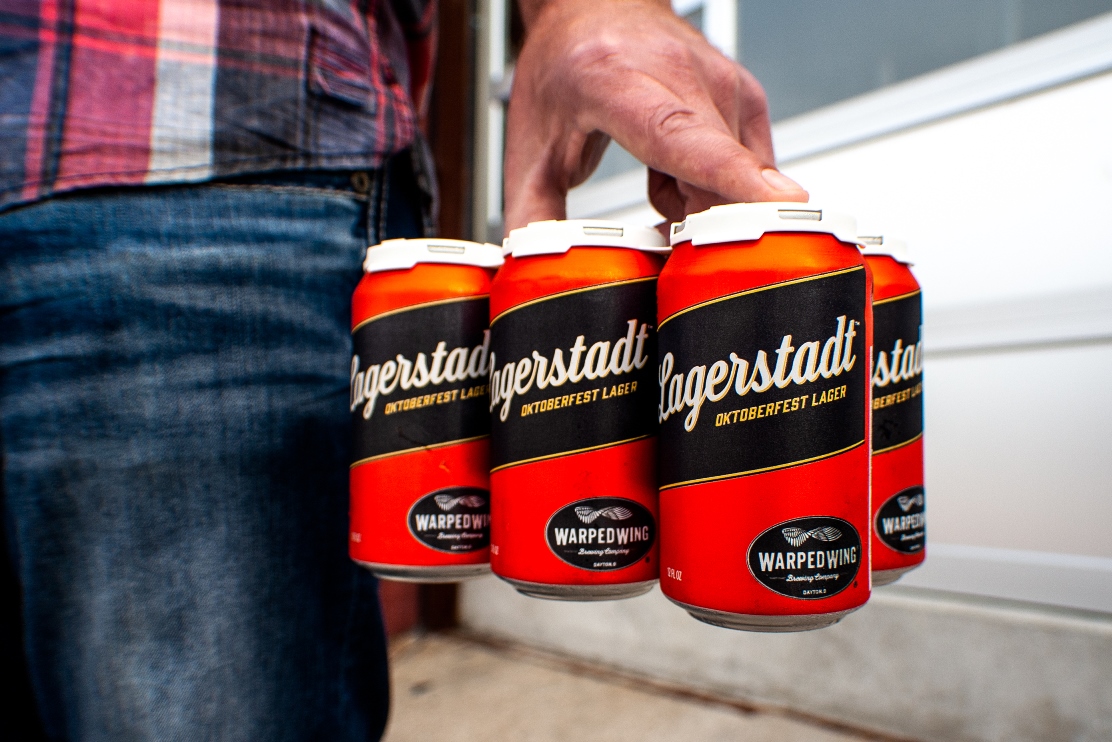
Haggerty brews Lagerstadt with about equal amounts of Pilsner and Vienna malt, eschewing the darker and richer Munich malt. He wants the nuttiness and toasty breadiness the Vienna provides while maintaining crisp drinkability.
“These beers can’t be too heavy,” he says, with some wise reasoning: “You’re still drinking a shitload of it.”
Subtle Distinctions
Two accomplished brewers, two Oktoberfest lagers, two very different interpretations. Both beers are excellent. Neither brewer is wrong. But neither answer fully clarifies the potential confusion between Märzen and Festbier.
Luckily, a brewer whose establishment brews both substyles every year reached out to me to weigh in on what makes these close cousins distinct.
Michael Toomes is the head brewer at Chuckanut Brewery in Bellingham, Washington, a highly respected lager-focused brewery. After detailing the history of these two styles (summarized above), he described how he sets both beers apart at Chuckanut.
“Our Märzen has Pilsner, Vienna, and Munich malts with a touch of Caramunich. It’s a light amber color and has an ABV of 5.8%. The focus of a Märzen is the malt bill. Hops are there in order to keep the beer from being overly sweet and cloying. Although Festbier is also a malt-focused beer, the hops have more of a presence and the malt bill is way more simple. Our Festbier is about 70% Pilsner malt and around 30% Vienna malt and has an ABV of 5.5%. Leaving the sweetness from the Munich and Caramunich malts out of Festbier makes for a much more drinkable beer. The IBUs (measured hop bitterness) for the two beers are very close but the difference in malt bills makes the perceived bitterness and flavor of the hops more noticeable in the Festbier.”
Toomes says he brews both in order to educate drinkers about the separate styles and how they came about.
Let’s Just Drink Some Beer
In the end, Oktoberfest is what a brewer wants it to be. There are stylistic distinctions as laid out above, but not every brewer agrees on them. In the end, if you want to find out what your local brewer means when they slap “Oktoberfest” on a label, you’ll have to taste it to find out for yourself. If you ask the brewer to clarify, you’ll probably be able to get through a few bottles while she explains what “Oktoberfest,” “Märzen,” and “Festbier” mean to her.
Either way, if you find yourself craving the flavor profile of these seasonal beers long after the last bottles have left shelves in late fall, there are a few similar lager styles worth checking out year-round.
Vienna Lager is brewed with mostly Vienna malt and has a lot of similar sensory characteristics to both Oktoberfest styles. It’s lighter in color, body, and malt richness than a Märzen, and it’s a little lower in alcohol than both Märzen and Festbier. It should satisfy your craving while you wait for the next year’s Oktoberfest six-packs to roll back around.
If you want a richer malt profile than any of these but at a similar strength, see if your local brewpub has a Munich Dunkel on tap. The style is brewed mostly or entirely with Munich malt, emphasizing the toasty, bready, caramely flavors of the heartier Oktoberfest lagers, with even a bit of chocolate coming through in some examples.
Now go drink some Oktoberfest. Prost!


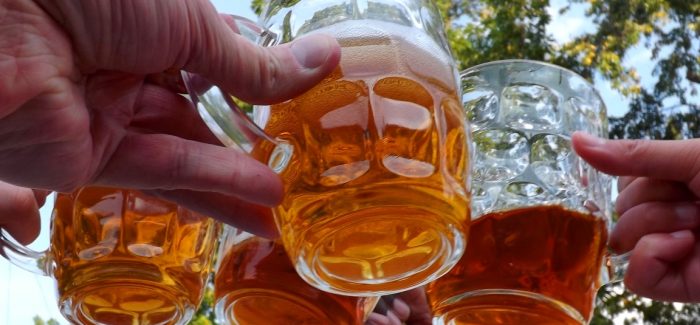

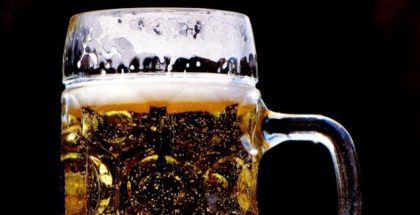
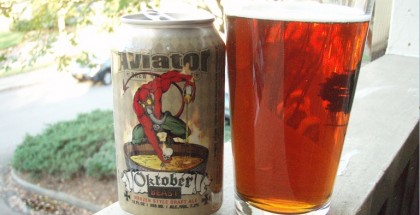
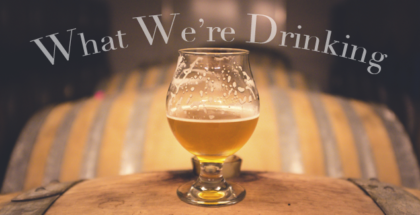
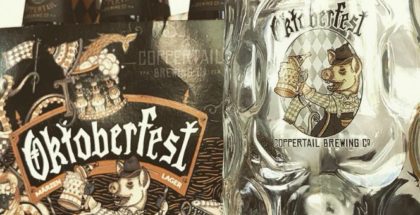
Submit a Comment